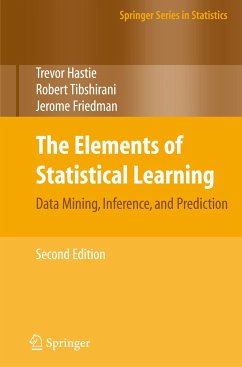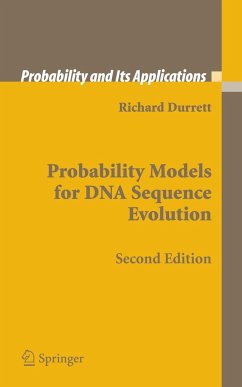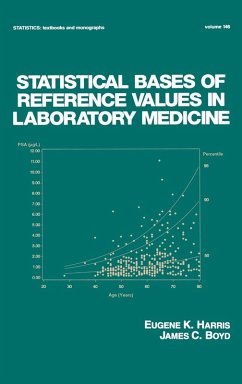
Measurement Analysis: An Introduction to the Statistical Analysis of Laboratory Data in Physics, Chemistry and the Life Sciences
Versandkostenfrei!
Versandfertig in über 4 Wochen
65,99 €
inkl. MwSt.

PAYBACK Punkte
33 °P sammeln!
This book deals with the statistical treatment of experimental data. It is also meant for those who are entirely new to the field of statistics and probability calculus, and those who wish to obtain rigorous estimates of the uncertainties associated with the experimental results of any discipline, such as meteorology, engineering, physics, chemistry and the life sciences. To understand the text, only a basic understanding of differential calculus is required. As an innovative teaching approach, simple laboratory class experiments are used as the basis for developing a detailed statistical anal...
This book deals with the statistical treatment of experimental data. It is also meant for those who are entirely new to the field of statistics and probability calculus, and those who wish to obtain rigorous estimates of the uncertainties associated with the experimental results of any discipline, such as meteorology, engineering, physics, chemistry and the life sciences. To understand the text, only a basic understanding of differential calculus is required. As an innovative teaching approach, simple laboratory class experiments are used as the basis for developing a detailed statistical analysis. This is done by directly using the students' logbooks without re-elaboration. The approach is profitable and can be easily pursued by the layman. People have, in the past, been confused by the many statistical definitions, formulae and assumptions. This book tries to avoid any arbitrary definition by using the recently introduced ISO directives. All the concepts, parameters and test variables for the modern treatment of the experimental data are included. Among them are the error, the uncertainty and its estimate, the distribution functions and the associated parameters. Every concept is always associated with a simple experimental situation and the data analysis is performed in numerical detail. For completeness, the correlation of the uncertainties with the error matrix is treated in greater detail. All the tests of hypotheses are presented. They are introduced from simple arguments and developed up to the analytical details. The applications of the tests to the fitting of experimental curves of the c(2), t and F tests, as well as the one most often used in the life sciences, theANOVA, are shown.












